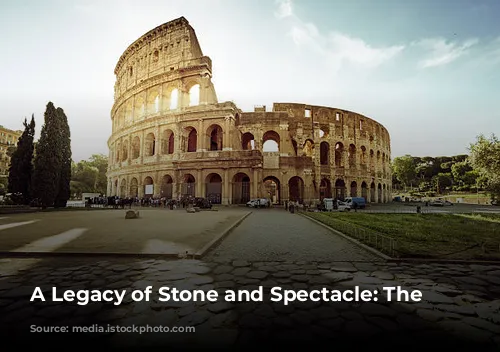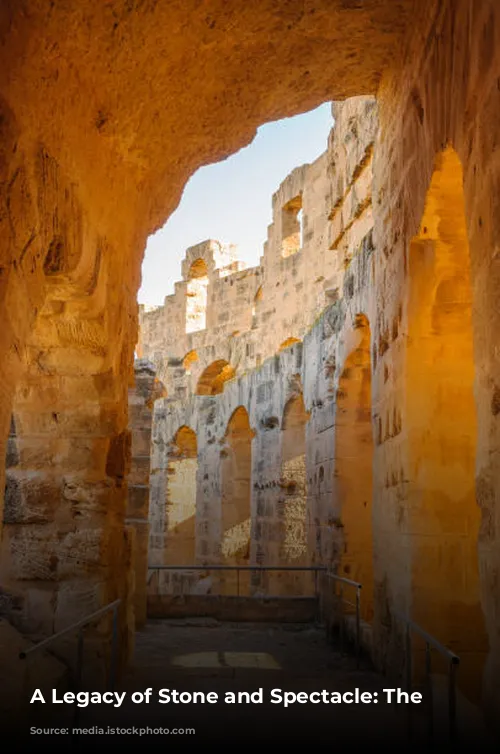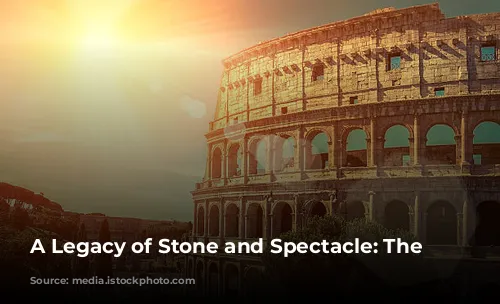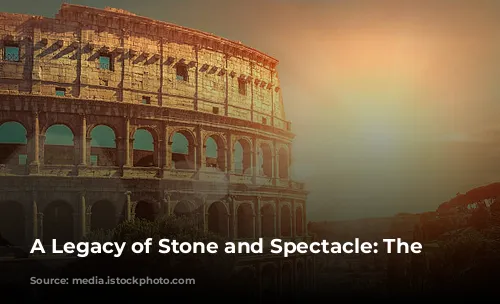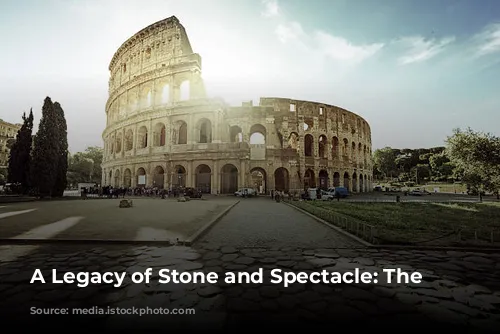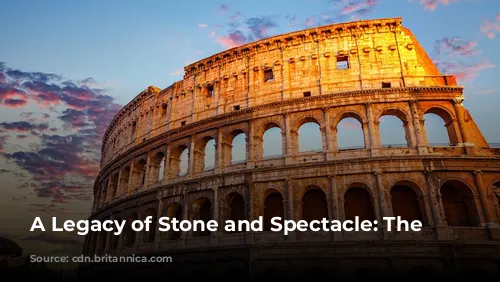The Colosseum stands as a testament to the architectural brilliance and engineering prowess of ancient Rome, a magnificent relic of a bygone era. Today, it is not only a symbol of Roman power but also a significant contributor to the Italian economy. In 2018, the Colosseum, together with the Roman Forum and the Palatine Hill, drew in over $63.3 million (€53.8 million), making it the most popular tourist attraction in Italy.
A History of Neglect and Rebirth
The Colosseum has endured a turbulent history following the fall of the Western Roman Empire. It fell into a state of disrepair, its grandeur fading with time. The 12th century saw the Frangipane and Annibaldi families repurposing the arena as their fortress, transforming its purpose from a stage for entertainment to a stronghold of power. The late 15th century marked a period of further decline, with Pope Alexander VI granting permission for the Colosseum to be used as a quarry, stripping it of its valuable materials. This period of neglect, spanning over a thousand years, left the Colosseum in a deplorable state. However, hope emerged in the 1990s, with the initiation of state-funded restoration efforts, aiming to revive the Colosseum to its former glory.
A Monument to Imperial Power and Entertainment
The Colosseum’s construction was driven by a desire to revitalize Rome after the tumultuous year of the Four Emperors in 69 CE. Emperor Vespasian, the mastermind behind this ambitious project, intended the Colosseum to serve as a grand entertainment venue. Its design was meant to captivate the Roman people, offering a spectacular stage for gladiator fights, animal hunts, and even mock naval battles.
From Humble Beginnings to Monumental Glory
The construction of the Colosseum began under the reign of Emperor Vespasian, between 70 and 72 CE. It was dedicated in 80 CE by his son and successor, Titus, marking a pivotal moment in its history. Domitian, Titus’s brother, added the Colosseum’s fourth story in 82 CE. It is a poignant fact that the funds for this monumental structure originated from the plunder of Jerusalem in 70 CE, a tragic event that saw Jewish slaves contributing to its construction.
A Masterpiece of Architecture and Engineering
The Colosseum, also known as the Flavian Amphitheatre, is a remarkable feat of engineering and architecture. Its elliptical structure, built with stone, concrete, and tuff, stands four stories high, reaching an impressive height. Measuring 620 by 513 feet (189 by 156 meters), it was capable of accommodating a crowd of up to 50,000 spectators. The Colosseum was renowned for its gladiator fights, a spectacle that captivated audiences and showcased the strength and skill of these warriors.
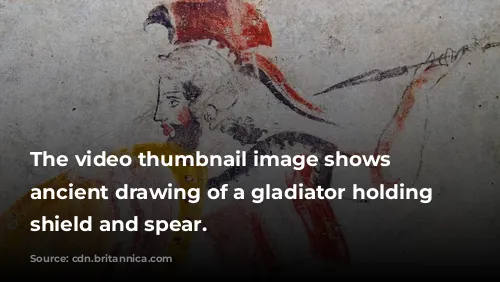
A Symbol of Public Entertainment and Imperial Might
The Colosseum’s location holds great significance. It was strategically placed east of the Palatine Hill, on the site of Nero’s Golden House, replacing the extravagant artificial lake with a grand public amphitheater. This decision symbolized a shift in power, from the tyrannical rule of Nero to the public-oriented reign of Vespasian, emphasizing the importance of entertaining and uniting the Roman people. The dedication ceremony in 80 CE, featuring 100 days of games, solidified its status as a beacon of entertainment and a symbol of the Flavian dynasty’s might.

An Architectural Triumph
The Colosseum stands apart from earlier amphitheaters. It was built from scratch, rather than being carved into hillsides, showcasing the innovative engineering techniques of the time. Its complex system of barrel and groin vaults provided stability and strength. The exterior boasted three levels of arcades, framed by engaged columns in the Doric, Ionic, and Corinthian orders, becoming a cornerstone of Renaissance architecture. The materials used were carefully chosen, with travertine for the main framework, volcanic tufa for the secondary walls, and concrete for the inner bowl and arcade vaults.
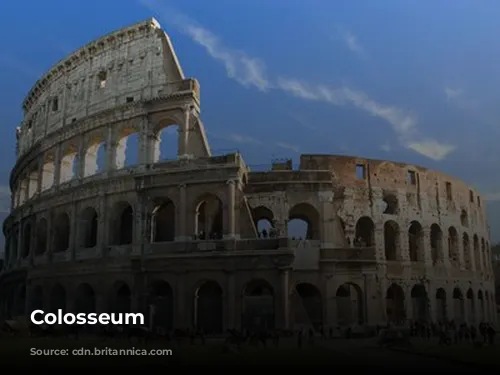
A Stage for Spectacle and Entertainment
The Colosseum was designed with the comfort and protection of its spectators in mind. A massive retractable awning, known as a velarium, shielded the crowd from the sun. This awe-inspiring system, supported by masts extending from the Colosseum’s top story, required hundreds of Roman sailors to manipulate its rigging. The Colosseum witnessed a vast array of spectacles, from gladiator fights and animal hunts to the mock naval engagements, offering the Roman people a constant source of entertainment and thrill. However, the truth about the martyrdom of early Christians in the arena remains uncertain.
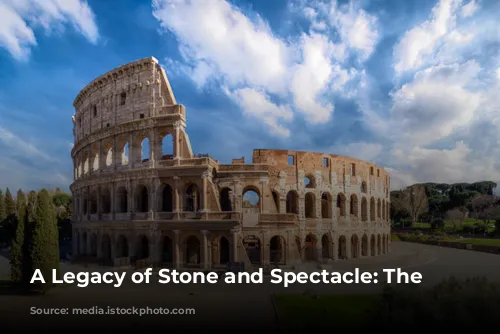
From Glory to Neglect and Back Again
In the medieval period, the Colosseum served various purposes, first as a church, then as a fortress for prominent families. It suffered damage from lightning, earthquakes, vandalism, and pollution, stripping it of its majestic marble and decorative materials. For over a thousand years, the Colosseum was treated as a mere quarry, its grandeur slowly fading. The 19th century saw the beginning of preservation efforts, led by Pius VIII, and a major restoration project was undertaken in the 1990s. The Colosseum remains a major tourist attraction, attracting close to seven million visitors annually. Regularly changing exhibitions showcase the rich culture of ancient Rome, ensuring that this iconic monument continues to inspire and captivate audiences from around the world.
